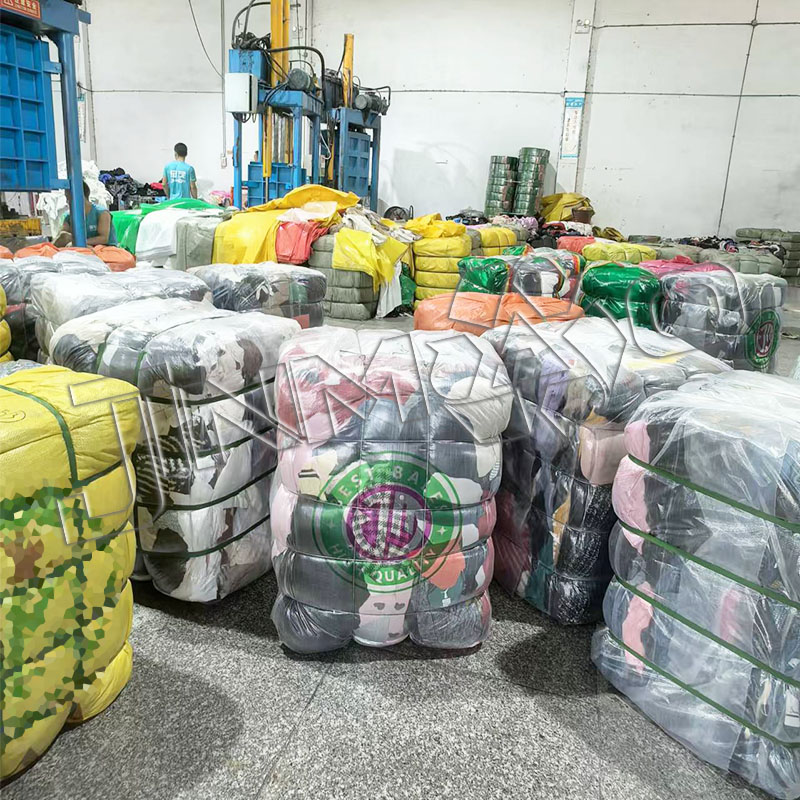
8
Nov
Jinmao Tell You How Becoming a Wholesaler of Secondhand Clothing in Africa: A Professional Guide
The secondhand clothing industry in Africa has witnessed remarkable growth over the past decades. Entrepreneurs interested in tapping into this market can find lucrative opportunities, given the consistent demand for affordable fashion. This guide outlines the key steps required to establish oneself as a successful wholesaler of secondhand clothing in Africa.
1. **Market Research and Understanding**: The first step towards entering the secondhand clothing market in Africa is comprehensive market research. Understanding regional preferences, climatic differences, and cultural contexts is vital. For instance, the demand for certain types of clothing may vary significantly between West and East Africa due to climatic and cultural differences.
2. **Sourcing Quality Products**: Establishing a reliable and sustainable supply chain is essential. Partnering with reputable suppliers in countries with excess clothing like the United States, Europe, and China can provide a steady flow of merchandise. It’s crucial to ensure that the products meet quality standards that align with the target market’s needs and preferences.
3. **Logistics and Distribution Network**: Efficient logistics are paramount to maintaining a steady and timely supply to retailers and consumers. Developing partnerships with reliable shipping and freight companies ensures that products are delivered on time and in good condition. Additionally, building a local distribution network that effectively reaches rural and urban areas will enhance market penetration.
4. **Building Relationships with Retailers**: As a wholesaler, forming strong relationships with local retailers is crucial. Retailers are often the direct point of sale to consumers; thus, having a trust-based partnership with them can boost sales and brand reputation. Offering competitive pricing, credit terms, and after-sale support can help build loyalty among retail partners.
5. **Navigating Legal and Regulatory Frameworks**: Understanding the legal and regulatory requirements of the countries you operate in is imperative. This includes import regulations, custom duties, and local business registration mandates. Compliance ensures smooth operation and helps avoid potential legal setbacks.
6. **Marketing and Branding**: Creative marketing strategies are essential for distinguishing your brand in a competitive market. Utilizing both traditional media and digital platforms can help reach a wider audience. Promoting the environmental benefits and affordability of secondhand clothing can also appeal to a growing segment of eco-conscious consumers.
7. **Sustainability Practices**: Demonstrating a commitment to sustainability can enhance brand image and attract a broader consumer base. This can include practices like recycling, supporting local communities, and reducing waste in the logistics and supply chain processes.
In conclusion, entering the secondhand clothing wholesale market in Africa requires strategic planning, understanding of local contexts, and efficient execution. Entrepreneurs who invest in understanding their market, source quality products, and maintain strong logistics and retail connections are well-positioned to succeed in this vibrant industry.
